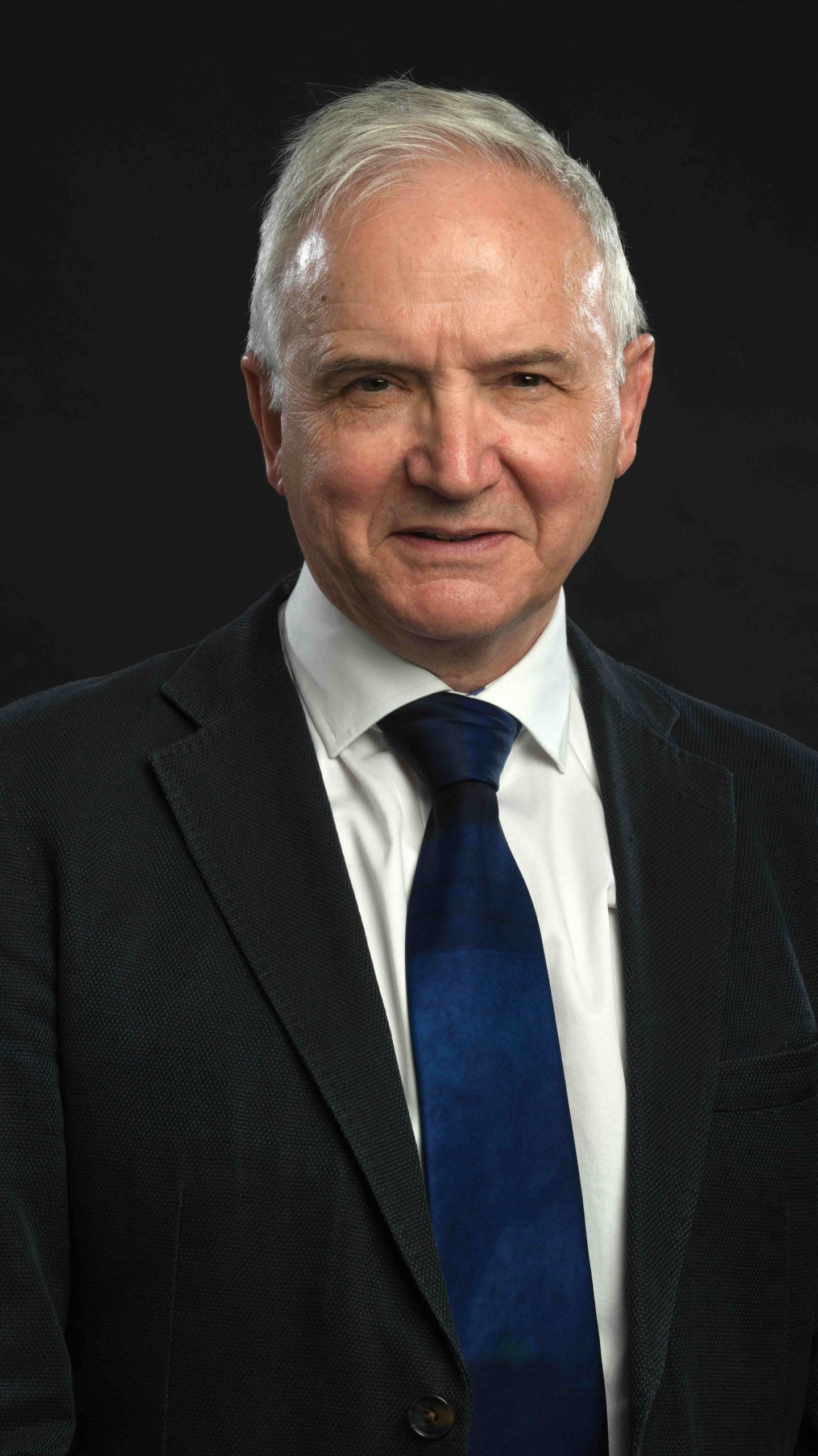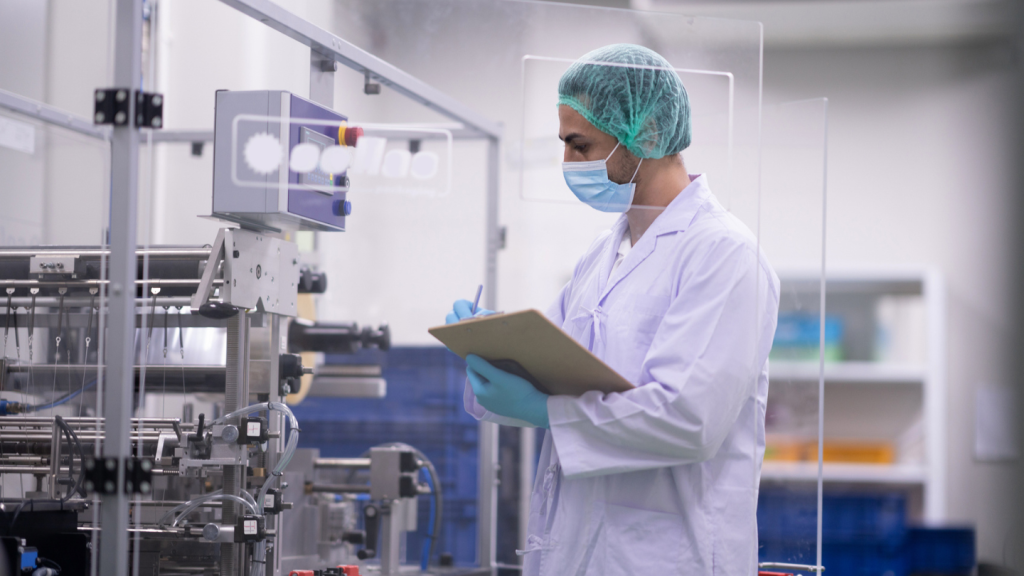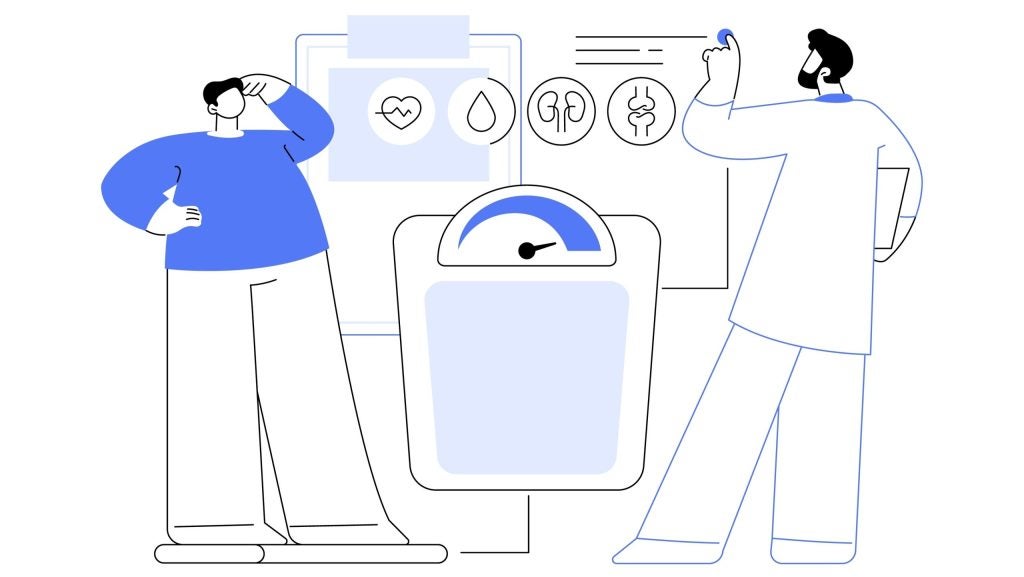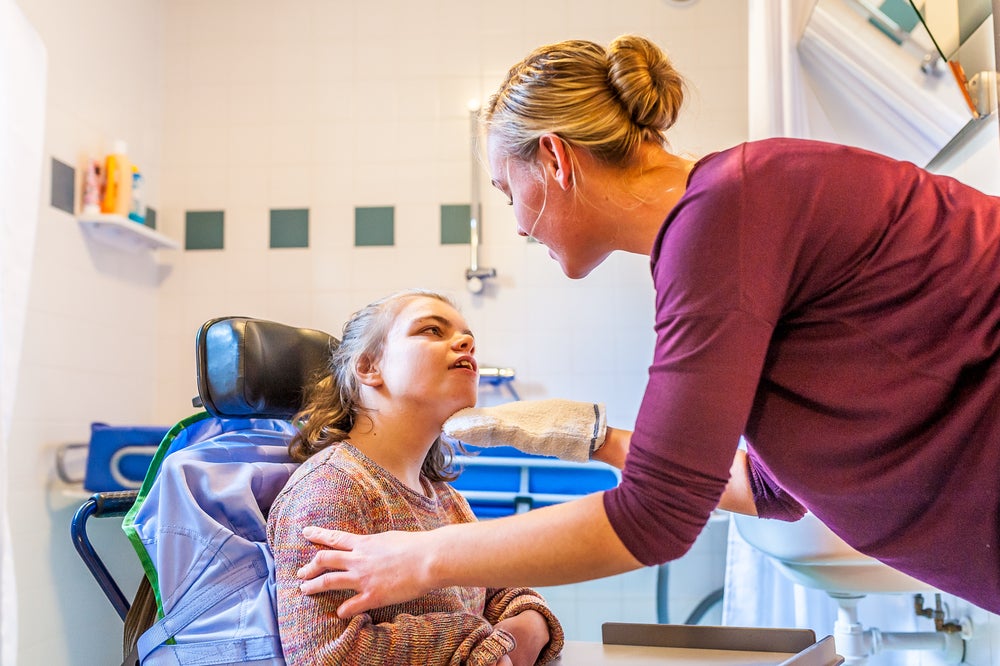
While Covid-19 may seem like a distant memory, for sufferers of post-acute sequelae of SARS-CoV-2 infection (PASC), otherwise known as Long Covid, the virus has cast a long shadow.
The ongoing effects of Long Covid, which can leave sufferers with anxiety and depression, respiratory issues, and brain fog, have taken many out of the workforce.
The 2023 estimates from the Office for National Statistics (ONS) put Long Covid sufferers at almost two million in the UK and the Patient-Led Research Collaborative estimates that 65 million are affected by the condition worldwide.
The figures are alarming, and Long Covid remains difficult to diagnose and treat. Imperial College London recently published findings from the largest study of UK patients hospitalised with the condition.
Lead researcher professor Peter Openshaw believes his team’s research could form the basis for further, more targeted clinical trials, to ultimately identify a diagnostic method for Long Covid treatment, which Imperial’s research indicates may not be a ‘one-size-fits-all’ solution.
The largest UK study of hospitalised Long Covid patients
Imperial’s study aimed to see if a biological basis could be found for different types of Long Covid, with Openshaw and his team starting under the assumption that not all Long Covid is the same and that there may be different types.
How well do you really know your competitors?
Access the most comprehensive Company Profiles on the market, powered by GlobalData. Save hours of research. Gain competitive edge.

Thank you!
Your download email will arrive shortly
Not ready to buy yet? Download a free sample
We are confident about the unique quality of our Company Profiles. However, we want you to make the most beneficial decision for your business, so we offer a free sample that you can download by submitting the below form
By GlobalDataIn a subset of around 2,000 Long Covid patients from the national ISARIC-4C study, Openshaw’s team tested serial samples of blood and nasal fluid so they could monitor how things changed over time.
“We published quite extensively on the initial analysis, which showed the inflammatory basis of acute Covid, and then we were able to follow up some of the cases through into the recovery or development of prolonged symptoms of Long Covid,” says Openshaw.
The sub-study comprised 657 people who were mainly infected during the first year of the pandemic.
At the six-month time point, 35% said they had recovered completely, and 65% said they still had symptoms of Long Covid. Patient symptoms were assessed using questionnaires and well-validated scales, including the Functional Assessment of Chronic Illness Therapy (FACIT) scale for fatigue, and the Montreal Cognitive Assessment (MoCA) for cognitive impairment.
This approach helped the team group people into those who had recovered first and then split down those with continued symptoms.
“It’s important to point out that people could have more than one symptom complex. Very commonly people had cardio-respiratory symptoms and fatigue, while it was also quite common to have cardiorespiratory symptoms, fatigue, and anxiety and depression,” explains Openshaw.
From there, the team looked at the inflammatory markers they had measured in patients’ blood using the protein biomarker platform Olink, followed by a statistical analysis technique called penalised logistic regression.
According to Openshaw, this statistical technique was key in finding the patterns of inflammation.
“The reason that particular statistical technique worked is that it’s designed for high dimensional data where you have many different parameters, and it restricts variables that are highly correlated, so it looks for combined effects and multiple variables without introducing redundancy into the analysis,” says Openshaw.
In most cases, regardless of clinical type, the team found evidence of myeloid cell activation – a cell that activates in response to pathogens and tissue damage – and complement system activation – a system that triggers a cascade of inflammatory proteins, typically due to an infection, which, in Long Covid patients, appeared to remain activated despite having recovered from acute Covid.

The future of clinical trials
Openshaw believes Imperial’s study has reinforced the idea that there are subtypes of Long Covid, and that some types may better respond to different treatment types than others.
While Imperial’s study has identified pathways that seem to be involved in the different subgroups of Long Covid by symptom, Openshaw hastens to add that it hasn’t identified biomarkers.
“None of the things that we’ve measured individually is distinct enough to be used clinically to say, yes, you have Long Covid, or no, you don’t have Long Covid. It’s not a useful marker,” he says.
Openshaw’s asserts that future clinical trials need to study the pathways Imperial has identified better, using other techniques, in the hope that biomarkers, which could be used to diagnose and monitor the effects of treatment, be determined.
He also advises that future trials look at what else can be measured within the pathways identified, which may involve developing a more specific way of monitoring the activity of those pathways.
“That might then be a diagnostic, or to point us in the direction of specific therapies directed at those pathways that might help people with their symptoms,” he says.
“If we’re going to be putting people on trials, then having something that can be measured in terms of a response in the blood, that indicates improvement or deterioration, would be very useful. And we’re not at that stage yet. I think more research is needed.”
On the structure of future clinical trials, Openshaw’s perspective is that it is inadvisable to have a lot of underpowered small studies going on at individual hospitals.
His belief is that we must learn from what was observed during acute Covid, which saw thousands of people recruited into simple trial designs that started with many possible therapeutics before transferring patients into particular therapeutic limbs when an advantage was shown, or dropping them out from other limbs where there appeared to be no initial advantage.
He says: “That sort of adaptive design was so powerful during the acute disease, and we need the same. We mustn’t have underpowered individual studies that fail to show any difference.”
Persistent virus
Persistent virus – a virus that is not cleared but remains in specific cells of infected individuals – is widely held up as the cause of Long Covid.
On the idea of persistent virus based on Imperial’s research, Openshaw says: “In fatigue, we found a signal of mucosal or tissue-specific inflammation, which I think would fit with the idea that the virus could be persisting in mucosal sites like the gut.”
“I think a lot of this inflammation could actually be driven from persistent virus, which could be present in sites we didn’t sample.”
While Imperial’s study looked at the consequences of Long Covid, UK-based Attomarker has developed a Multi-Variant Antibody Immunity Spectrum test enabling the analysis of the quantity and quality, or stickiness, of antibodies across all Covid variants.
Working with clinical partners, the company has applied its test as a means of understanding why some patients end up with Long Covid.
Attomarker CEO and founder Professor Andrew Shaw says: “We have now looked at more than 160 Long Covid patients, and about half of them have very poor-quality antibodies, leading to a persistent virus that will trigger downstream inflammatory processes.”
Treating Long Covid with immunotherapy
Attomarker’s test findings suggest low quality and quantity of antibodies is a chief cause of Long Covid. The company believes that therapies tailored to each patient’s unique immunity spectrum, including immunotherapies to plug gaps in each patient’s antibody spectrum by administering high-quality antibodies into their blood to attack the persistent virus, could help.
“Once this is achieved, the patient’s immune system may be encouraged to make a more permanent fix after being given a different type of vaccine, a heterologous vaccine. The idea is that the patient’s immune endotype is better primed to clear and resist the virus,” says Shaw.
“As a result, based on the inflammation that the Long Covid study at Imperial is observing, its study will in time reveal new markers of recovery if the persistent virus is cleared.”
Openshaw agrees that trial combination antivirals continued for a sufficient period may work in clearing a persistent virus.
On the future of immunology profiling data, Shaw believes that it should form the basis of interventional clinical trials. According to Shaw, there is no reason why this couldn’t happen, based on the likelihood of Long Covid leading to a wider field of post-pathogen sequalae research.
He explains: “Myalgic encephalomyelitis (ME) chronic fatigue syndrome, for instance, has been associated with Epstein–Barr virus (EBV), so I would be fascinated to run an antibody profile for EBV analysis if grant funding were available.”
Shaw goes on to say that EBV is one interesting proposition given it is thought to be an oncovirus in around 30% of cancers; and in which persistent virus in the body could prove to be the vector by which cancer starts.
He says: “Therefore, I think we need to have a better look at EBV and vaccines for it, along with possible other areas like Long Lyme and the reason why people are just not shaking it. My postulate would be they’re making bad antibodies and so do not have a sterilising serum.”
Whether the most effective treatment for Long Covid comes through immunotherapies and the administration of tailored antivirals, which Attomarker and other companies have experimented with, remains to be seen.
What seems clear is that Imperial’s study brings researchers closer to understanding what areas could benefit from further study in clinical trials, to help treat Long Covid more quickly, and accurately, than before.






